School officials in Shoreham-Wading River, Rocky Point, Miller Place and Mount Sinai have proposed budgets that maintain and enhance programs and slightly increase taxes, all while operating within the state tax cap.
 Shoreham-Wading River
Shoreham-Wading River
Shoreham-Wading River proposes a $74, 842,792 budget for the 2017-18 school year, which is a $2.2 million, or 3 percent increase from the current year’s budget.
Under the budget, a pilot 1:1 Chromebook initiative at the sixth-grade level will be implemented, as well as a new math program at the elementary level.
Eleven new, minimal-cost clubs among the three schools, including Pep Band, Robotics, Science Club and a debate team were added.
To maintain facilities and fund capital improvements, the district is asking taxpayers to vote on a proposition to establish a 10-year capital reserve fund not to exceed $7.5 million. If approved, this money will fund Americans with Disabilities Act features, athletic fields, bleachers, auditoriums, ceilings, computers, energy management systems and gymnasiums, among other projects.
The district will receive an additional 3.02 percent, or $330,891 in state aid from last year.
While the budget projects a tax levy increase of 4.6951 percent, this does not necessarily mean a resident’s tax bill will increase by that percent. According to the district, “your personal tax bill depends upon more factors than the change in the district’s tax levy.” This includes changes in a homeowner’s assessed value and changes in the apportionment between Brookhaven and Riverhead.
Voting will be May 16 from 7 a.m. to 9 p.m. at Shoreham-Wading River High School.
 Rocky Point
Rocky Point
Rocky Point’s proposed budget for 2017-18 is tax cap-compliant and maintains educational and co-curricular programs while providing enhancements.
The proposed budget is $83,286,346, which is a 3.30 percent or $2,662,703 increase from last year’s.
Under it, there is a 3.21 percent tax levy increase, jumping to $49,629,259 from last year’s $48,084,714. The district will see a 2.78 percent increase in state aid.
A total of $3,385,965 in capital reserve projects that will help fund the completion of facility renovations across the district, which include a $172,125 parking reconfiguration at the high school to make for better flow of traffic, $550,000 in security advancements, music room renovations totaling $585,000 and $1,893,840 for artificial turf on sports fields.
Some goals of the proposed budget are to maintain core instructional program and staffing, continue fine and performing arts and athletic programs, enhance science research programs to provide introductory and honors course options, add new math labs and offer eight new clubs.
Vote May 16 at the Rocky Point High School gym from 7 a.m. to 9 p.m.
 Miller Place
Miller Place
Miller Place’s $71,190,675 proposed budget is 0.83 percent or an increase of $587,788 on last year’s budget.
According to the district, the proposed budget maintains all current programs, provides additional reserves for capital project funding and accounts for an additional school guidance counselor, psychologist and cross-country assistant coach at the middle school.
Under the budget, there is a proposed tax levy increase of 0.61 percent, or $271,050, from last year’s $44,757,730. It will be a 0.61 percent increase in a resident’s tax bill, depending on what they pay per year.
The district will see a 1.70 percent, or $362,858, increase in state aid, which will total $21,744,776.
Voting is May 16 in the North Country Road Middle School from 6 a.m. to 9 p.m.
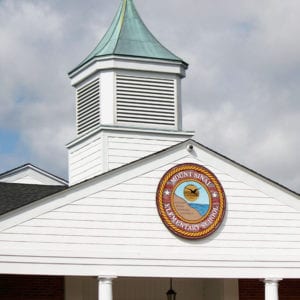 Mount Sinai
Mount Sinai
Staying within the state-mandated tax cap of 1.7 percent, Mount Sinai’s proposed budget of $59,272,525 for 2017-18 is roughly a $1.2 million increase from last year’s budget.
The district projects a tax rate of $255.94 per $100 of assessed value on a property within the school district. The tax levy would rise by 1.7 percent to $39,350,460.
The district maintained its K-12 class sizes, including the recently established full-day kindergarten program, AP offerings in the high school and its recently established Columbia Writing Program.
The budget added an academic intervention services teacher in reading, a second security guard, an additional nurse and three college and technical education courses including Virtual Enterprise, College Accounting and Culinary Arts.
With 300 full-time employees, salary and related costs like social security, retirement and Medicare make up the largest chunk of the budget, totaling $42.3 million. A total $3,121,500 is proposed to fund equipment needs and contractual expenses for private vendors who service the facilities.
The district will receive an additional $460,625 on top of last year’s $17,349,375.
Vote May 16 from 6 a.m. to 9 p.m. at Mount Sinai Elementary School.

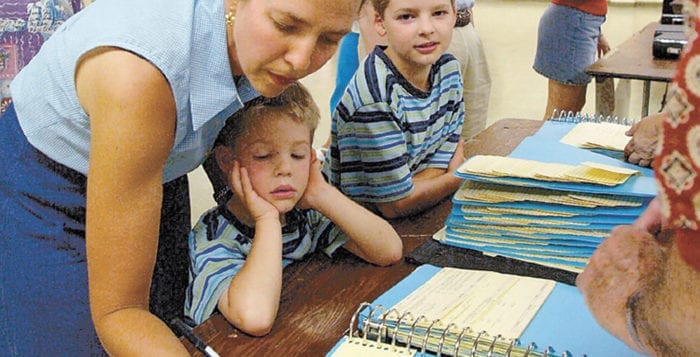

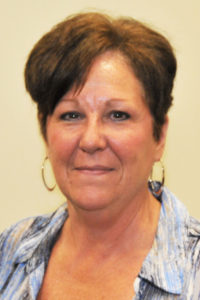
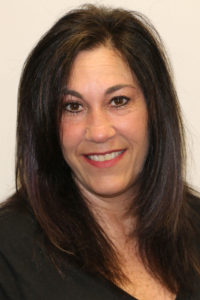




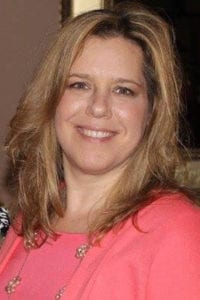


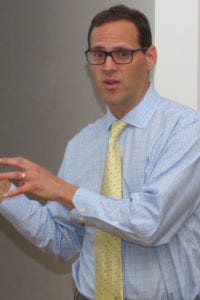









 Thanks to all the children who entered Times Beacon Record News Media’s annual Mother’s Day contest. Congratulations to Kris, Tristan and Jamie Kozikowski of Port Jefferson, Charles Jantzen of Setauket and Jasmine Camilleri of Sound Beach for being this year’s winners and receiving a family-four pack of movie tickets to the Port Jefferson Cinemas in Port Jefferson Station. All other entries will be printed in Kids Times over the next few weeks. Happy Mother’s Day!
Thanks to all the children who entered Times Beacon Record News Media’s annual Mother’s Day contest. Congratulations to Kris, Tristan and Jamie Kozikowski of Port Jefferson, Charles Jantzen of Setauket and Jasmine Camilleri of Sound Beach for being this year’s winners and receiving a family-four pack of movie tickets to the Port Jefferson Cinemas in Port Jefferson Station. All other entries will be printed in Kids Times over the next few weeks. Happy Mother’s Day!











